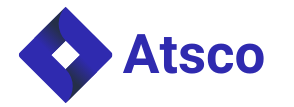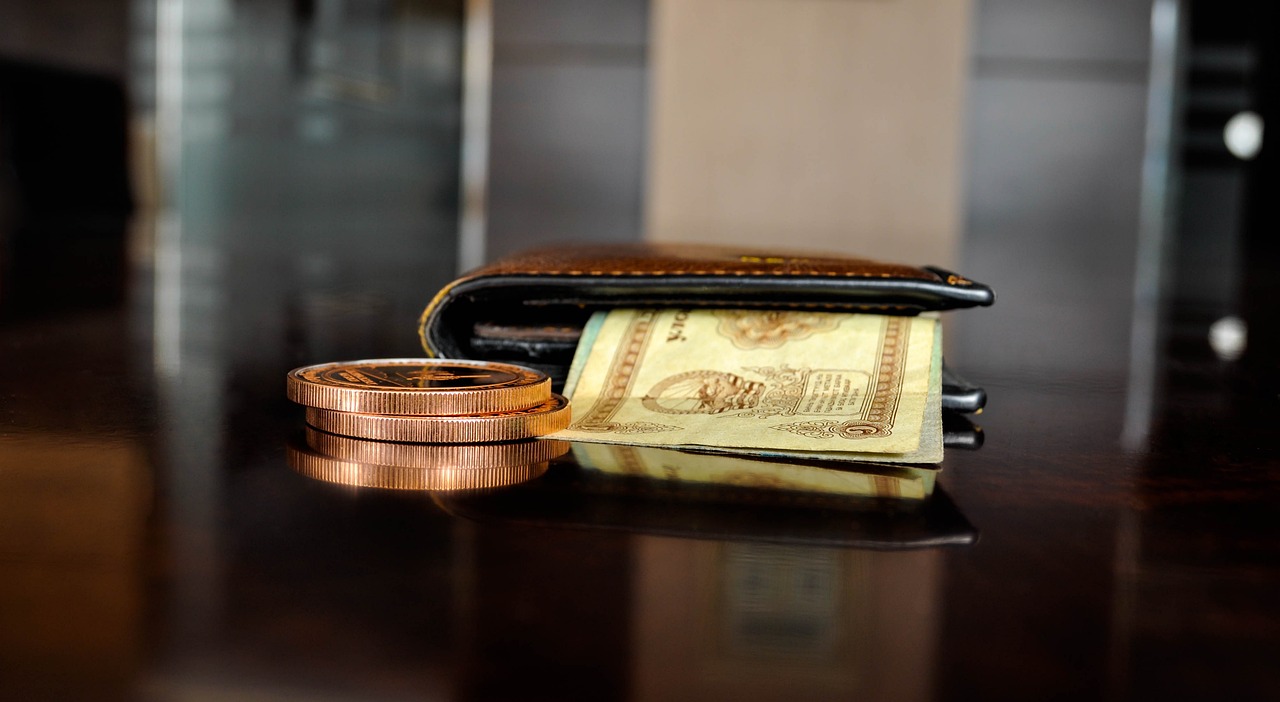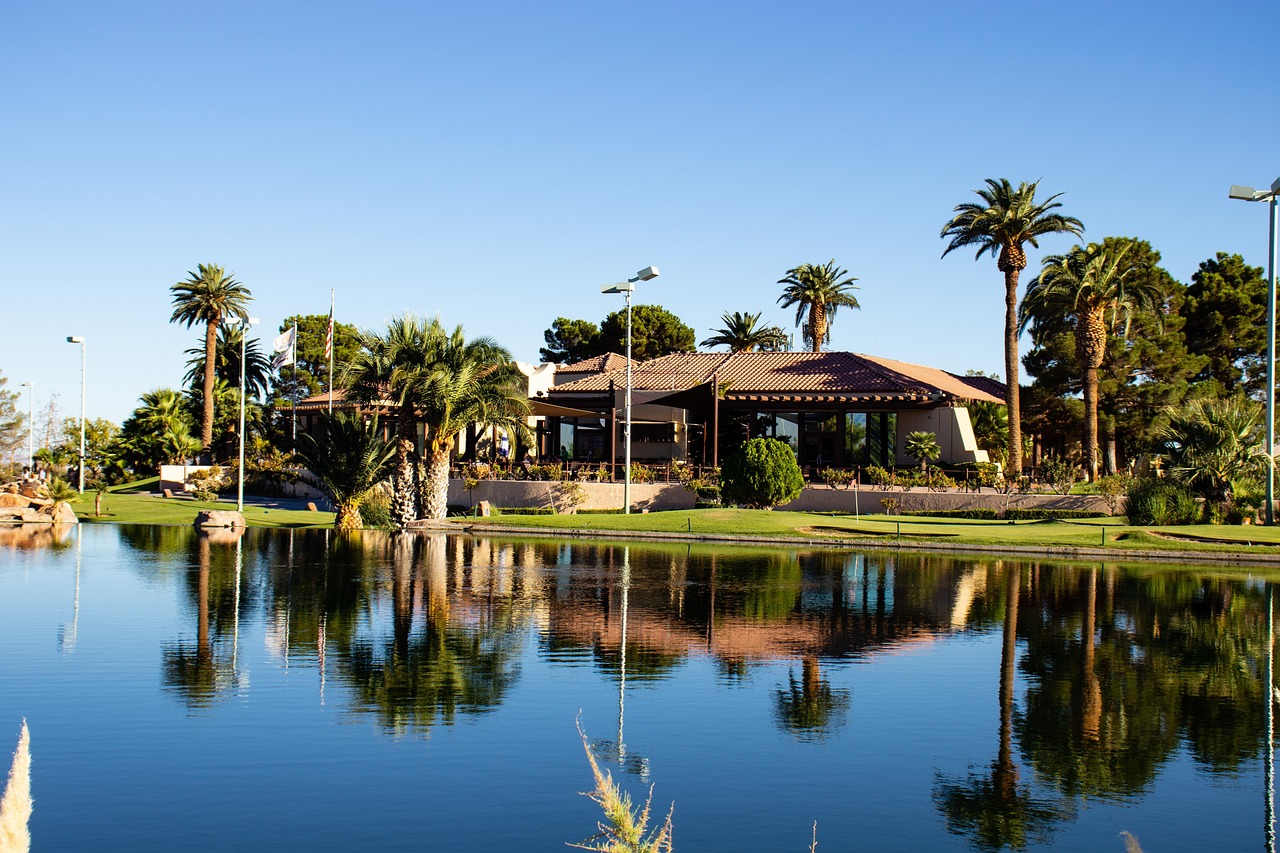In modern finance, technology advancements are allowing companies to innovate and streamline operations. One area where this is especially true is the use of blockchain technology to tokenize RWA.
Tokenizing refers to converting assets such as real estate, stocks, or debt obligations into a digital form. RWA stands for “risk-weighted assets, ” which is a calculation that banks use to determine their capital reserves.
Companies are finding that tokenizing RWA can bring several benefits. Firstly, it can make it easier for banks to manage their risk exposure. By tokenizing assets, banks can offer them in a more streamlined way to investors, reducing the complexity of transactions and speeding up the process.
Secondly, tokenizing RWA can provide more transparency in the bank’s balance sheet. Traditional accounting methods can be complex and opaque, making it difficult for investors to understand a bank’s exposure to risk. By tokenizing assets, investors can see precisely what they are buying and how it contributes to the bank’s capital reserve.
Finally, tokenizing RWA can unlock previously inaccessible liquidity. Tokenization allows for fractional ownership, meaning that assets can be divided into smaller pieces and sold to a broader pool of investors. This can increase the number of buyers in the market, boosting liquidity, and potentially driving down costs.
Companies tokenizing RWA is a promising development in the world of finance. It can bring many benefits, including risk management, transparency, and improved liquidity. As technology continues to progress, we can expect to see increasing adoption of tokenization for assets across many industries.






